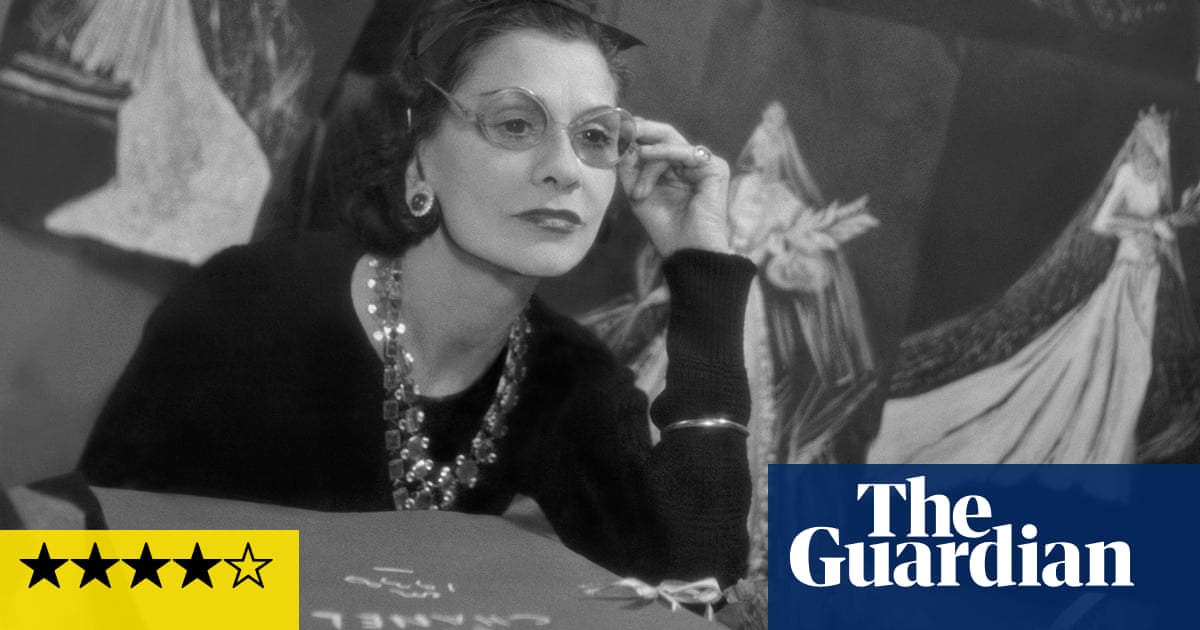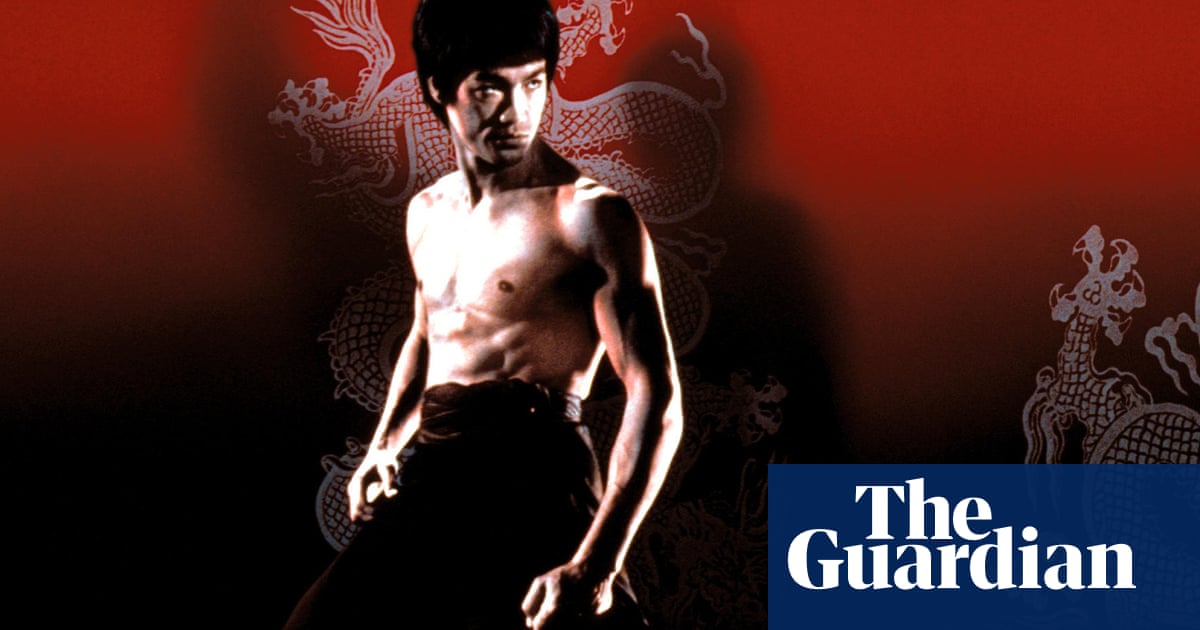
In the 1970s, Lucinda Childs was part of New York’s downtown arts scene, reacting against balletic and theatrical conventions to make minimalist dance built on simple movements and stark geometry. Now 81, she continues to create, but her dancer niece Ruth is reviving some of her early works and 50 years on they still challenge.
Childs’ most famous work, Dance, was propelled by its Philip Glass score, but these works are all performed in silence, the dance providing its own form, logic and rhythm. Sometimes that rhythm is audible in the dancers’ footsteps. In Calico ingling (1973), the pad of four pairs of white trainers across the floor: “One, two, three, four, five, six ...” arms loosely swinging as the women trace circles and semicircles across the space like a Spirograph. Or the “one and a two ...” of Ruth’s feet in Katema (1978), as she shifts backwards and forwards along the same diagonal line, accented with sharp exhalations. The simplicity of the result belies the immense control it must take to perform, the focus and stamina required to stay so measured. It’s very satisfying to witness.
1975’s Reclining Rondo takes place on the floor, its movements – slide, turn, lie, rouch – still rhythmical but soundless. Gone is the reassuring pulse, the tempo reduced to about 20 bpm. A repeated phrase begins in unison, until subtle quarter-turn shifts spark reconfiguration. It’s like setting up the parameters of a computer code and letting the sequence play out.
There is absolute evenness of tone, no “performance”, no expression of face or feeling, soft bodies executing mechanical function. Performed in daylight, surrounded by audience on four sides, it’s not the kind of dance that offers an escape; nor does it reward 21st-century brains seeking dopamine spikes. But it does heighten your awareness of your own body sitting there, and reveal shape and pattern, even time – in the solo Particular Reel (1973) Ruth moves methodically up and down the room from one end to the other and we can visualise the minutes ahead. In that way, it’s dance that cuts to the essence of what choreography is: organised movement in time and space.












